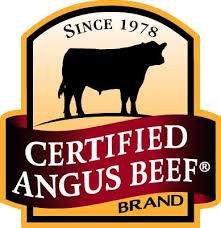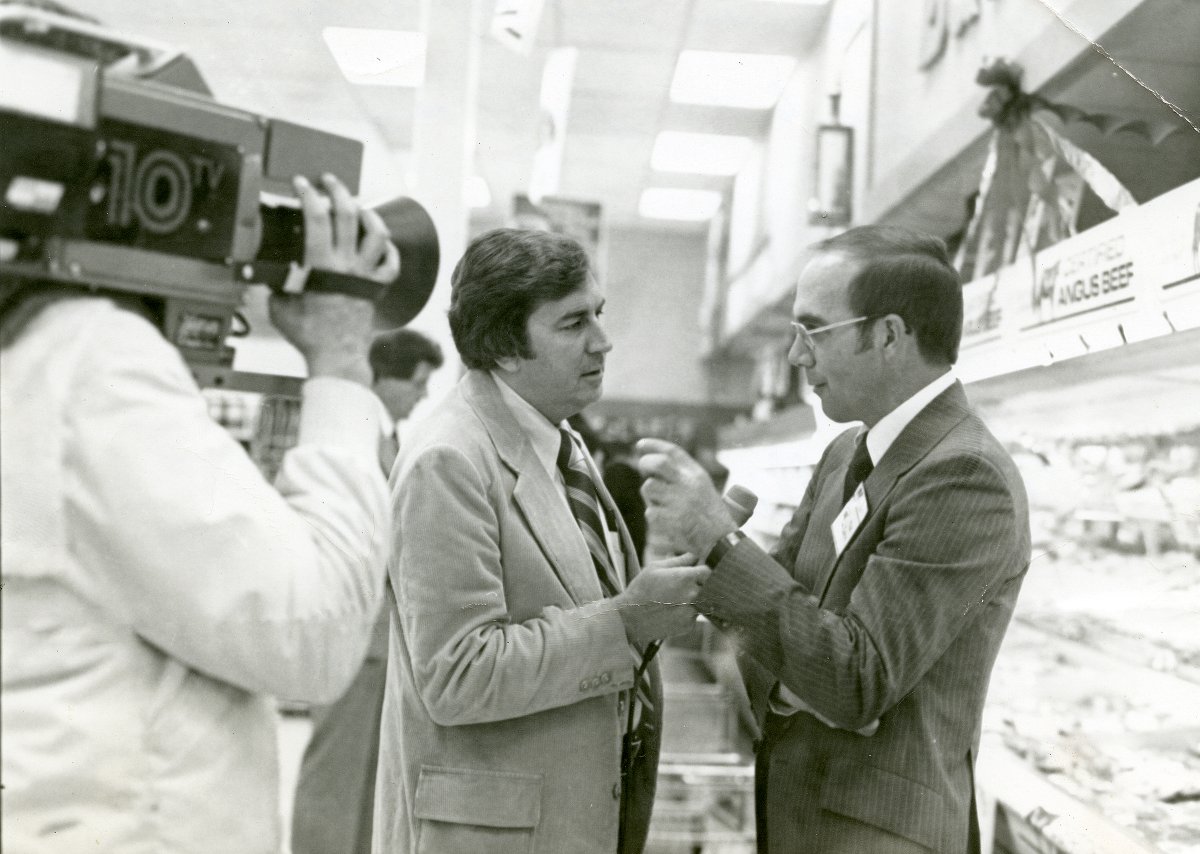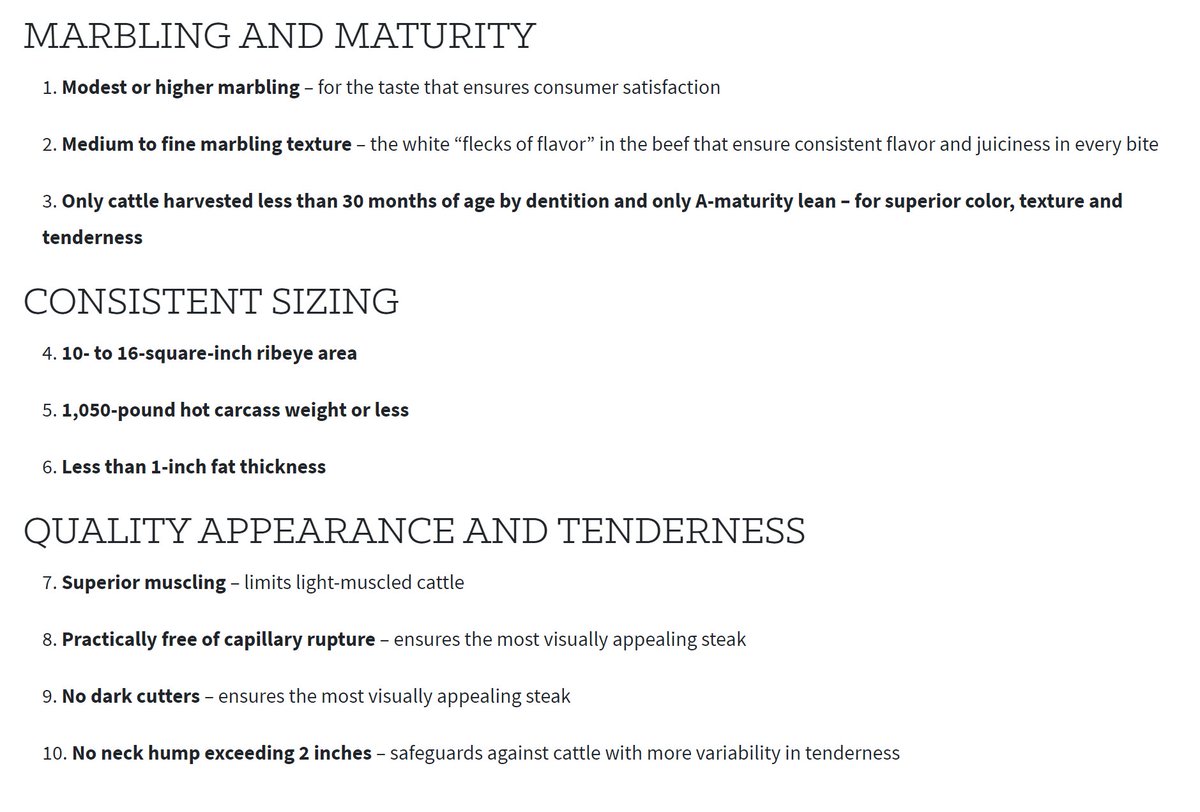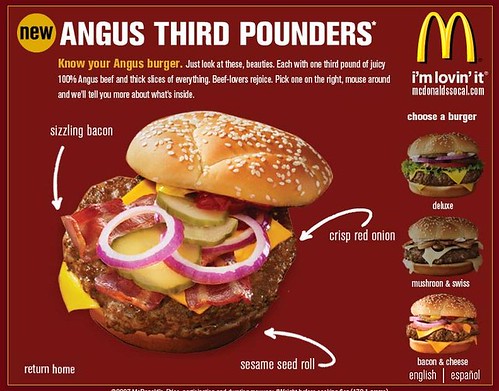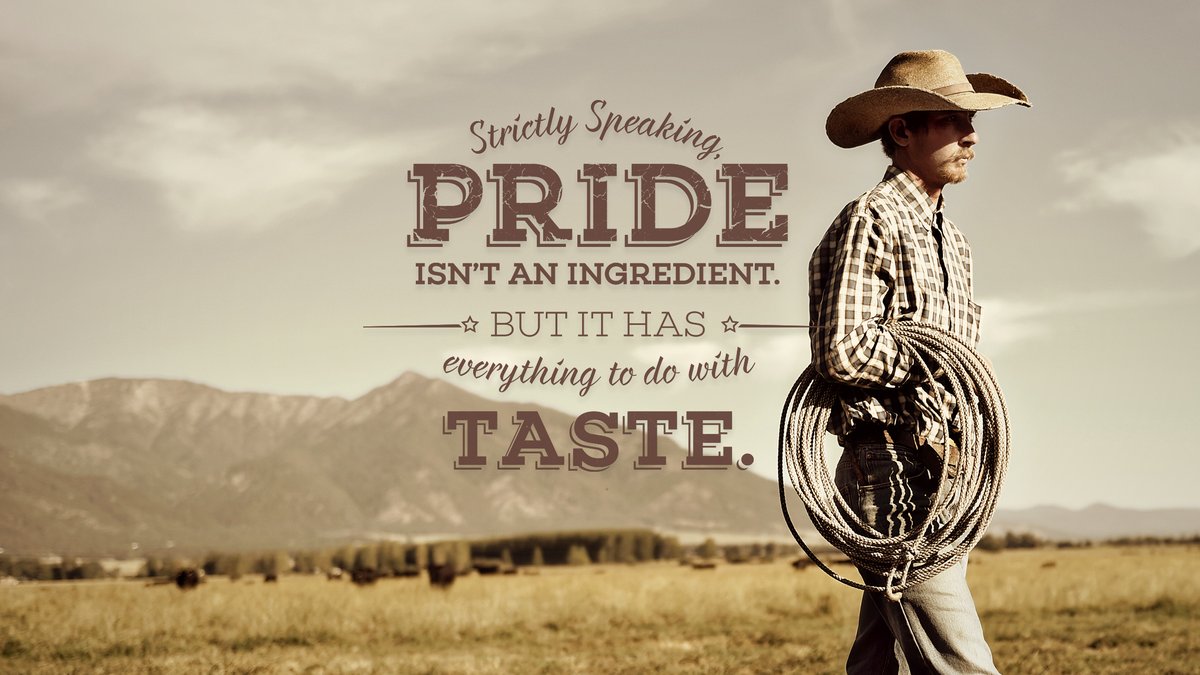1/ In 1975, Harold Etling went to eat a steak. He didn& #39;t like it.
After that, the beef industry wasn& #39;t the same.
His bad experience led to the creation of an organization with over $4B in sales annually.
Thread https://abs.twimg.com/emoji/v2/... draggable="false" alt="👇" title="Rückhand Zeigefinger nach unten" aria-label="Emoji: Rückhand Zeigefinger nach unten">
https://abs.twimg.com/emoji/v2/... draggable="false" alt="👇" title="Rückhand Zeigefinger nach unten" aria-label="Emoji: Rückhand Zeigefinger nach unten">  https://abs.twimg.com/emoji/v2/... draggable="false" alt="👇" title="Rückhand Zeigefinger nach unten" aria-label="Emoji: Rückhand Zeigefinger nach unten">
https://abs.twimg.com/emoji/v2/... draggable="false" alt="👇" title="Rückhand Zeigefinger nach unten" aria-label="Emoji: Rückhand Zeigefinger nach unten">  https://abs.twimg.com/emoji/v2/... draggable="false" alt="👇" title="Rückhand Zeigefinger nach unten" aria-label="Emoji: Rückhand Zeigefinger nach unten">
https://abs.twimg.com/emoji/v2/... draggable="false" alt="👇" title="Rückhand Zeigefinger nach unten" aria-label="Emoji: Rückhand Zeigefinger nach unten">
After that, the beef industry wasn& #39;t the same.
His bad experience led to the creation of an organization with over $4B in sales annually.
Thread
2/ Harold Etling was a lifelong rancher. He went out to eat one day in 1975 and had a terrible experience. He didn& #39;t understand why the restaurant industry didn& #39;t have consistent standards for beef. So he approached the American Angus Association.
3/ In the mid-& #39;70s the USDA lowered their standards on beef. This created inconsistent and lower quality beef across the United States. Harold and the American Angus Association responded by creating the Certified Angus Beef (CAB) brand.
4/ CAB would ensure that each cut of beef would meet certain standards. The consumer wouldn& #39;t have to worry about how the beef would taste. The CAB sold their first beef in 1978, but the USDA suddenly canceled the program.
5/ The USDA believed the program was misleading. It argued that CAB beef sold at a premium gave off the impression that it was a superior to non-CAB beef. This was unfair marketing. CAB and one of its employees Mick Colvin fought back.
6/ Mick Colvin fought and fought. He answered question after question and filed a ton of forms. The USDA eventually sided with CAB. On April 2nd, 1978, CAB was re-approved.
8/ The program started off slowly and was nearly canceled in 1982. But by 1983, the program was profitable. It even had a bevy of competitors, but its tacit endorsement by the USDA gave it a leg up over the competition.
9/ 20 years later, CAB had:
• 16,000 licensed partners
• $4B in annual consumer sales worldwide
• 10% increase year over year wholesale value of a carcass
• 16,000 licensed partners
• $4B in annual consumer sales worldwide
• 10% increase year over year wholesale value of a carcass
10/ In 2011, the price of CAB carcass was $180.99/cwt. In 2012, the price was $199.71. Consumers were willing to pay a premium for CAB. A premium brand means increased competition.
11/ Many consumers didn& #39;t know the difference between certified Angus and Angus. So McDonald& #39;s and other fast-food restaurants started to use the phrase, "made with 100% Angus beef". This created consumer confusion.
12/ CAB responded that its brand is only served at premium restaurants. It also hired a PR firm. It wanted to prevent further brand dilution. The goal was simple: remind consumers that CAB was the finest premium beef on the market.
13/ They used paid, owned and earned media to tell the story. It featured ranchers working from early morning to late evening raising cattle.
14/ The campaign worked:
• 92% aided awareness of the Certified Angus Beef brand reached an all-time high.
• 2 to 1 consumer preference of the brand over competing grades and brands of beef.
• 76% of consumers said they would pay $1 extra per pound for Certified Angus Beef
• 92% aided awareness of the Certified Angus Beef brand reached an all-time high.
• 2 to 1 consumer preference of the brand over competing grades and brands of beef.
• 76% of consumers said they would pay $1 extra per pound for Certified Angus Beef
15/ Today, CAB is recognized as the premium beef in the market. Its combination of superior branding and excellent messaging has succeeded. When you think of premium beef, you think Certified Angus Beef. In the fiscal year 2019, CAB sold 1.25B pounds of meat.
16/ Harold Etling& #39;s bad steak in 1975 led to the creation of a brand with $4B+ of sales. The next time you have a good steak at a restaurant, don& #39;t forget to thank Harold Etling. He is probably the reason why.
17/ Enjoy this tweet? Subscribe to my twice-weekly newsletter to receive original content about the Attention Economy. I help brands grow their audience. https://www.arilewis.com/subscribe ">https://www.arilewis.com/subscribe...

 Read on Twitter
Read on Twitter